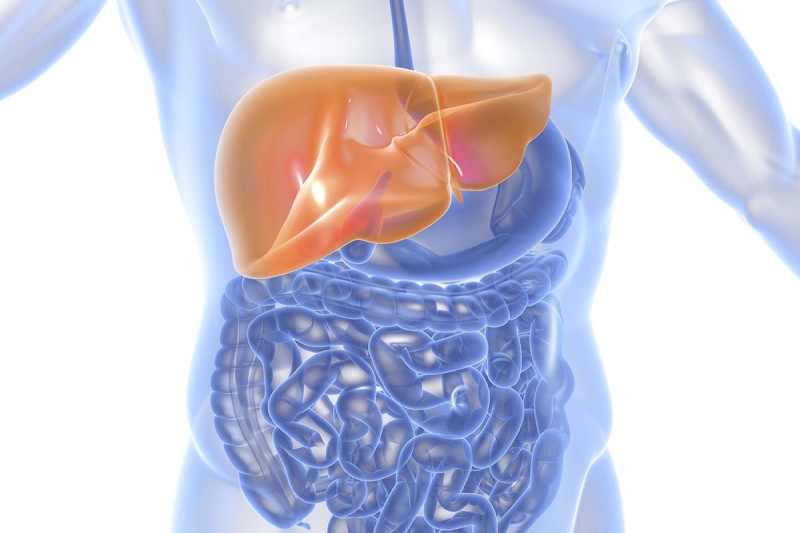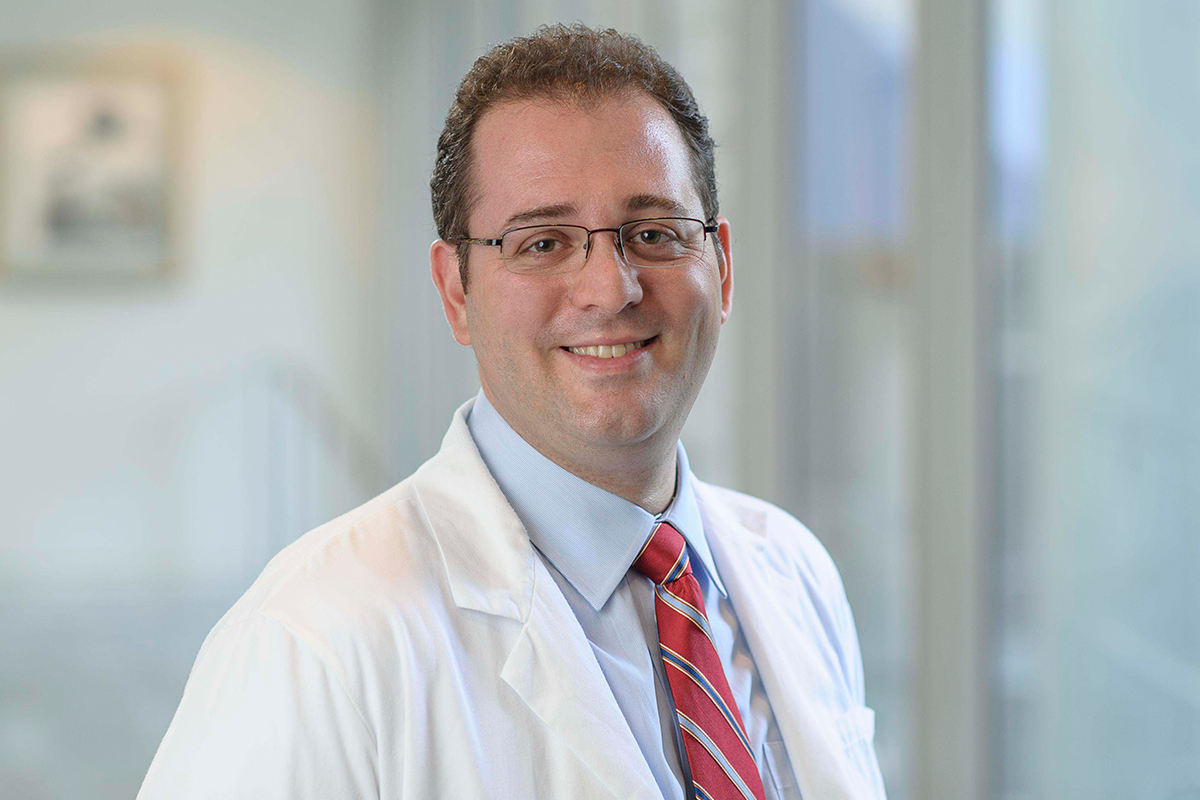
Liver cancer death rates jumped a startling 43 percent in the United States between 2000 and 2016, according to a recent report from the Centers for Disease Control and Prevention. The increase is especially striking considering the steady decline of the overall cancer death rate during the same period. The higher death rate is accompanied by an increase in liver cancer incidence.
We spoke with MSK medical oncologist James Harding about possible reasons for the surge, why liver cancer is especially challenging to treat, and recent developments that are improving the outlook for people with the disease.
What could be causing such a dramatic increase in deaths from liver cancer?
Liver cancer usually develops in people with liver damage. The liver can withstand a lot of injury and even regenerate itself in the short term, but several chronic conditions cause irreversible scarring called cirrhosis. Cirrhosis is one of the major risk factors for liver cancer.

Several illnesses cause cirrhosis, including chronic viral hepatitis. We know that the incidence of viral hepatitis in the United States has risen over the past several decades, possibly due to an increase in intravenous drug use. We also suspect that many people have had hepatitis B or C and not known it. Over time, untreated viral hepatitis can cause liver damage leading to cancer.
Another factor is the rising incidence of a condition called fatty liver disease. Fatty liver disease is associated with obesity and diabetes, which are also on the rise. Anecdotally, I’ve certainly seen more liver cancer patients with cirrhosis linked to fatty liver disease.
Finally, alcohol-induced liver cirrhosis is still a widespread problem. Even though alcohol consumption has declined slightly in the United States, a significant number of people drink alcohol beyond the physician-recommended limits.
Importantly, these conditions are treatable and sometimes preventable.
Why is liver cancer especially challenging to treat?
In most cases, someone with liver cancer has two diseases: the cancer itself and the impaired liver function from other damage. So unlike many cancers that may arise in an otherwise completely healthy person, the majority of people with liver cancer also have cirrhosis. Just having cirrhosis makes it more difficult for patients to tolerate certain medications, and it carries risk factors for other conditions — including liver failure — that can interfere with treatment of the cancer.
What can the medical community do to address the surge in liver cancer deaths?
One way is to encourage screening for people who are at high risk of hepatitis B and C. People at risk for hepatitis B can receive a vaccine to prevent the disease. Together, these approaches could prevent the spread of these viruses, and help people who already have them begin treatment sooner.
New medications can fight hepatitis B and C more effectively and slow their ability to damage the liver. For example, new antiviral medications work very well at getting rid of hepatitis C. People can simply take a pill at home for several months.
In addition, we can look at general health factors — reducing obesity and the abuse of alcohol and other drugs.
What recent treatment advances are improving the outlook for people with liver cancer?
There has been important progress over the past decade. Although some people can be treated with a transplant or other surgery, many patients have more advanced disease and require another approach.
Those who cannot have a transplant or surgery may be treated with minimally invasive techniques in interventional radiology. MSK is a leader in this practice.
One procedure, called embolization, involves blocking the tumor’s blood supply using beads delivered to the hepatic artery through a catheter. The beads may also be loaded with chemotherapy or radioactive particles. Another interventional radiology method called ablation can destroy tumors by cutting, vaporizing, or melting them, or by using intense heat or cold.
New systemic drugs have also become available very recently. When I started at MSK in 2013, the only targeted drug for liver cancer approved by the US Food and Drug Administration was sorafenib (Nexavar®), which blocks cancer-driving proteins called tyrosine kinases. Within the last two years, the FDA has approved three more drugs. Two, regorafenib (Stivarga®), and lenvatinib (Lenvima®), are tyrosine kinase inhibitors. The other, nivolumab (Opdivo®), is an immunotherapy drug.
In addition, several drugs are showing promise in clinical trials but have not received FDA approval yet. We at MSK have played a prominent role in the development of some of these drugs. Researchers are also looking at various therapy combinations, including immunotherapy pairings, immunotherapy paired with other drugs, and immunotherapy paired with embolization, in the hope of achieving better results.
With all these new treatments, the best option depends on a lot of individual factors for each patient. That’s why it’s important for someone with liver cancer to be evaluated by a multidisciplinary team — like what we have at MSK — that can review each individual case and design the best treatment plan.



